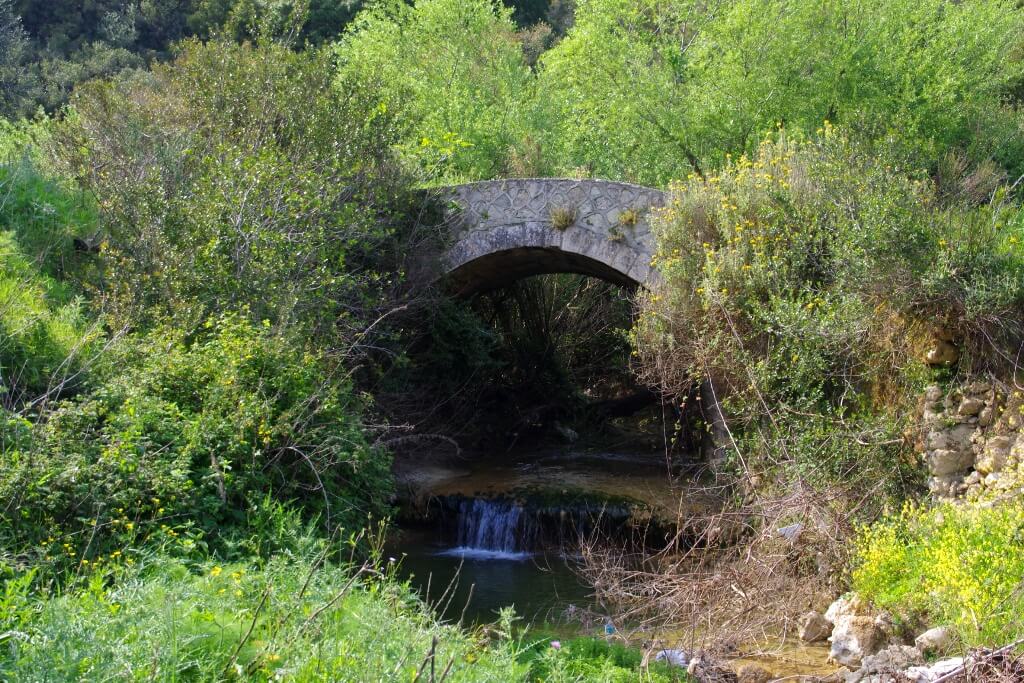
Freshwater ecosystems in the Greek islands, like Kefalonia, are dynamic ecosystems, which shape the landscape and promote the development of riparian vegetation. They include streams, torrents, or even small natural or artificial lakes and wetlands that are tightly connected and dependent on water supply from the surrounding drainage basins. This is a constantly evolving environment that should be conceptualized under a holistic view (Archipelagos 2019). Inland water ecosystems are not common in the Ionian Islands. Nevertheless, in the island of Kefalonia there are several wetlands and torrents periodically flooded with water. Most of the torrents flow from the west to the east side of the island; the three largest torrents are located in Poros, Agia Efimia and Sami, the springs of which start from mountains Aenos and Kalon Oros. Important wetlands of the island are the Wetland of Livadi in Paliki, the Lakes Avythos and Akoli, the stream of Kleisoura in Paliki, etc. These ecosystems demonstrate strong differences in terms of appearance, influence, biodiversity they host and impacts assessment (Efthymiatou-Katsouni 2012). In Kefalonia the anthropogenic disturbances in wetlands and inland waters when located close to the shore have much bigger effects than inland waters in the mountains. Inland water areas are ecologically important; they represent a foraging habitat for rare and endemic species of flora, fauna and avifauna, but they also protect the surrounding areas, (especially wetlands and slow-flowing streams) enriching the groundwater aquifers, which represent a valuable source of water during the summer dry season.
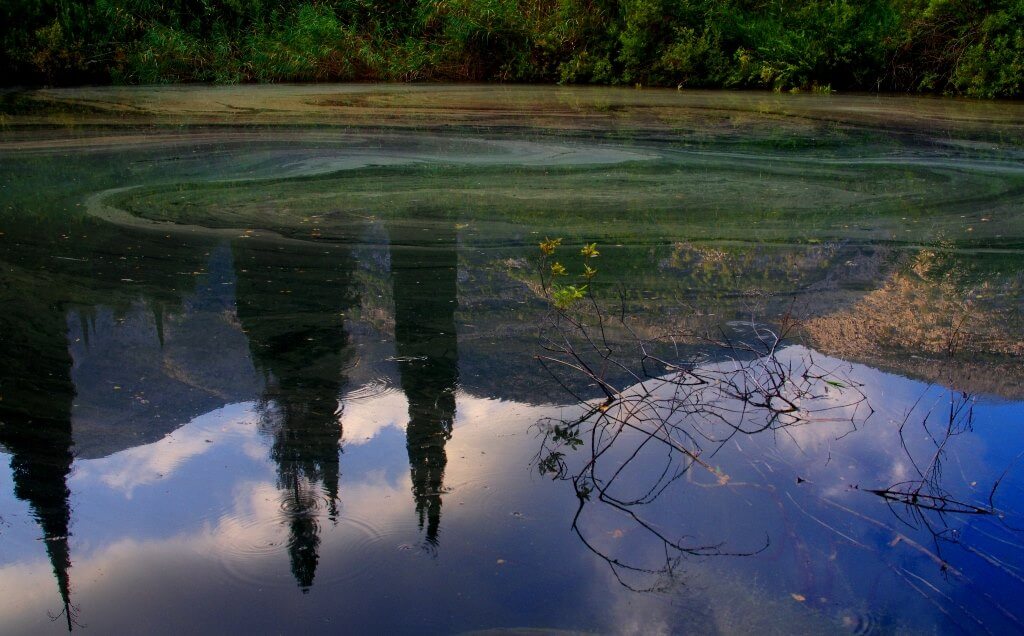
Negative anthropogenic impacts on many freshwater ecosystems and wetlands in Kefalonia have been investigated; some of the factors currently threatening Kefalonia freshwater ecosystems are the following (Archipelagos 2019):
The salinization of the underground aquifers: Aquifers in the lowlands often communicate with inland water areas; continuous pumping of water may cause salinization of the underground aquifer due to the penetration of seawater. This is considered one of the main issues of anthropogenic impacts on coastal and island regions. However, when clean water is re-introduced to coastal ecosystems through the underground aquifer, the remaining salinity very likely may adversely affect flora and fauna.
The expansion of arable land and the use of pesticides: Extensive land cultivation has led to inland water ecosystems deterioration. Fresh water is essential for irrigating crops, because only a few crops are resistant to sea water. In the Greek islands fresh water in some cases is hard to find; in Kefalonia many inland water sources and torrents have a limited flow because of the over-pumping water for irrigation purposes. In addition, the intense use of pesticides in arable land, for example Krania area and their underground transport in Koutavos lagoon causes the release of toxins in the water, with possibly harmful effects to flora, fauna and avifauna species.
Changes in the torrents flow: Torrents on Greek islands and Kefalonia have undergone changes in flow due to obstacles (artificial works) constructed across their path, like the construction of cisterns and barriers or the canalization of their riverbed. These changes alter the water flow and in some cases degrade torrents bank and shore. The use of cement in particular, may degrade riparian vegetation and impede the passage of migratory inland waters.
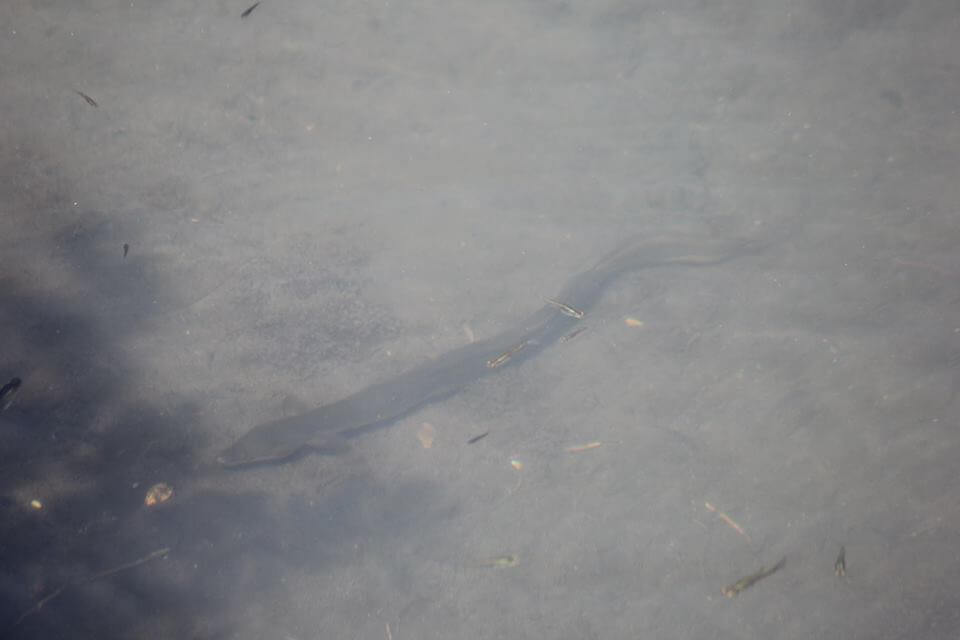
For example, a barrier may impede the natural migration of eel species Anguilla anguilla which is also detected in Kefalonia. Anguilla anguilla is the only species in Europe that migrates from inland waters (currents, rivers, lakes, moors) where it feeds and grows, towards breeding areas in the open ocean. It has been shown that changes in a small scale in inland water ecosystems may lead to irreversible impacts on species and habitat types. On the other hand, anthropogenic influences have also favored and / or increased biodiversity, such as the creation of artificial lakes at Tzanata, which provide shelter for diverse species such as the little grebe, egret species like the rare squacco heron, seagulls, amphibian, reptile, butterfly and Odonata species.
The introduction of alien species: The introduction of alien species into a freshwater ecosystem may cause irreversible negative effects, because of the intense competition between foreign-imported and local species for food, water, breeding grounds, etc. Often alien species intrusions happen accidentally, while other times they are caused by climate change. For example, the introduction of the alien blue crab species (Callinectes sapidus), which is considered one of the tastiest crustaceans to the Ionian Sea and Kefalonia, especially to the wetland of Livadi in Paliki gives the opportunity to residents to taste it during the summer; from the other hand blue crab is an enemy of endemic species because it feeds on crabs, shellfish, small fish), and destroys fishermen nets.
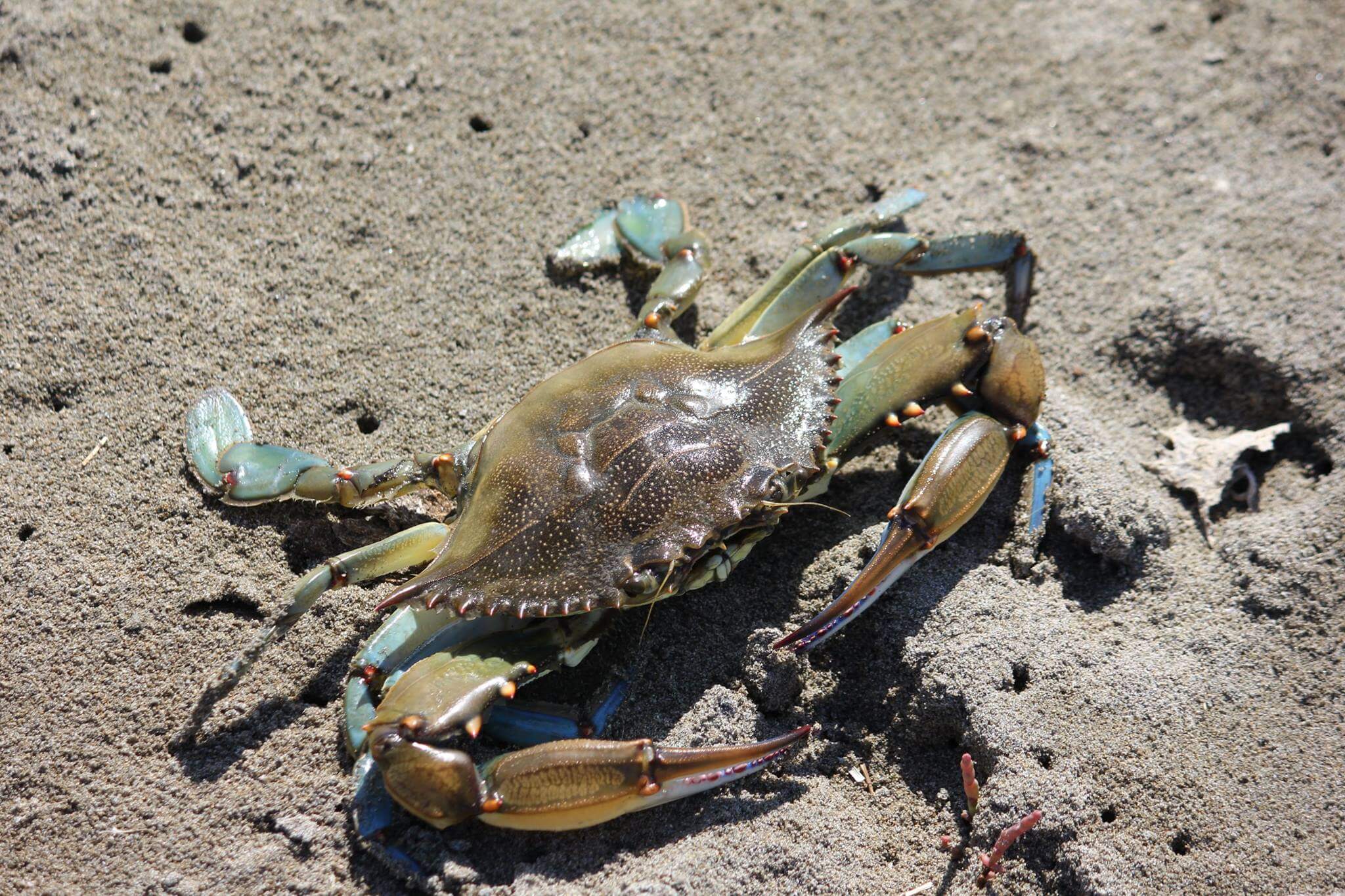
The disposal of debris and waste: One of the most important threats to inland water ecosystems of Kefalonia is the dumping of waste in stream channels and slopes adjacent to wetlands. Most of the residents and visitors of Kefalonia are respectful to the environment; unfortunately a small portion, perhaps because of ignorance, often uses torrents and wetlands in an appropriate way. For example, debris dumped on the slope of Livadi wetland damages the biodiversity of the ecosystem and degrades it aesthetically as well. Nevertheless, commendable and numerous efforts have been carried out in Kefalonia in order to clean wetlands, coasts and lagoons with the collaboration of Agencies working to protect the environment and local/school structures such as N.E.C.C.A., Student Activities Office, Kefalonia fish farms and the Municipality of Kefalonia in the context of own actions or every year volunteer campaigns such as “Let’s do it Greece” (Management Body of Aenos National Park 2015).
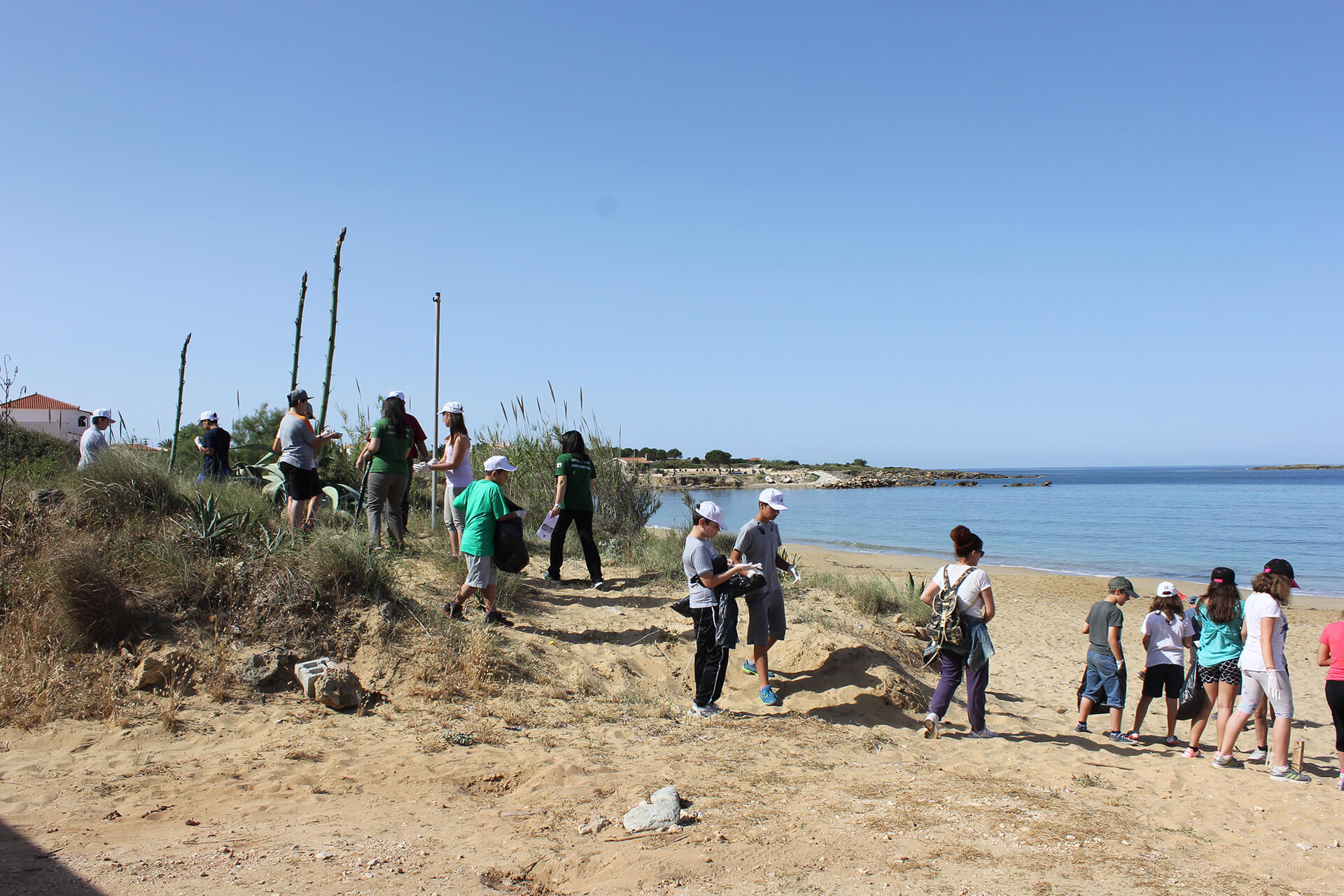
Besides, the natural threats to freshwater ecosystems are worth-mentioned such as the erosion, fires, floods and droughts, which cannot be controlled most of the times.
The implementation of the national legislation with the PD 229/19.06.2012 which approves the List of Small Island Wetlands and establishes conditions and restrictions for the protection and promotion of these or related European directives, such as Directive 2000/60/EC for the establishment of the Water Framework Directive as well as the preparation of Plans for the Protection and Management of Wetlands and Inland Waters of Kefalonia will only be effective if appropriate scientific research takes place to highlight their importance. N.E.C.C.A. since 2013, every January, has been conducting surveys to record the avifauna in Livadi wetland in the context of the Midwinter Aquatic Bird Counting, under the auspices of the Hellenic Ornithological Society. This is the longest-running, monitoring program of biodiversity in the world. There are mainly aquatic and coastal bird species that winter in the wetlands, but also other species related to them, although they belong to completely different families, such as predators and seabirds. Similar scientific studies are conducted by the research group of the Department of Environment of the Ionian University in the wetlands and islets of Zakynthos. Awareness groups, such as Kefalonia Biodiversity group on facebook, contribute also to species recording (https://www.facebook.com/groups/kefaloniabiodiversity/).
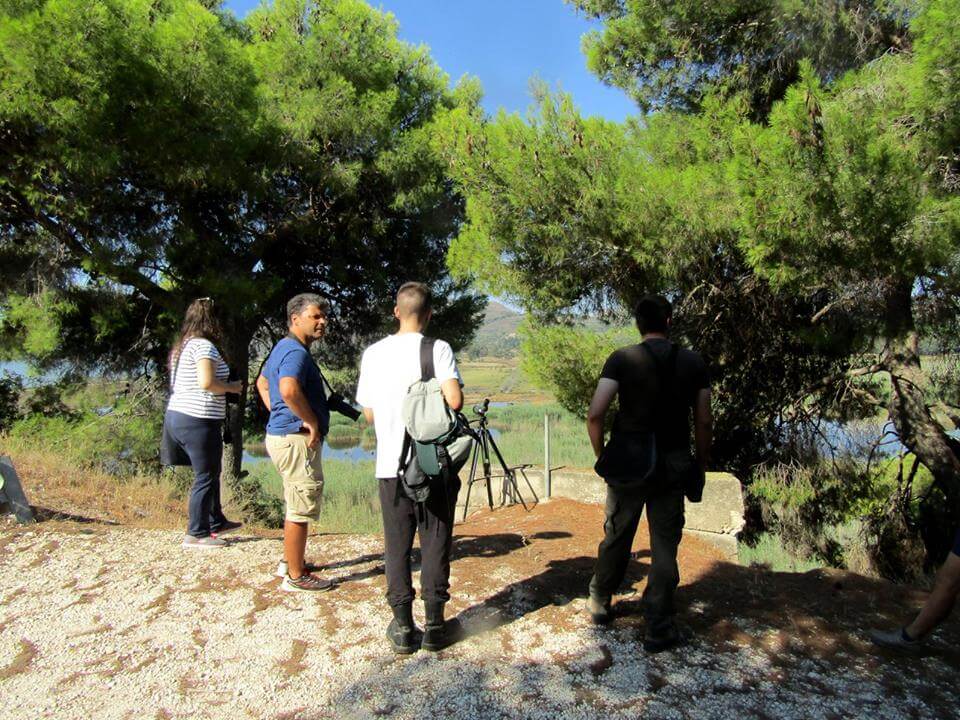
The contribution of citizens’ science to the study of biodiversity is important because it provides scientific research with valuable data about species and habitats. For example two species of freshwater turtles, the Balkan terrapin and the European pond turtle, were recorded by members of Kefalonia biodiversity Facebook group in Livadi Wetland. The Balkan terrapin (Mauremys rivulata) is a freshwater turtle species of the Geoemydidae family and the European pond turtle (Emys orbicularis), which appears rarely, are the only freshwater turtle species native to Kefalonia.
In conclusion, the lack of information in the past has led to the destruction of a large number of wetlands despite numerous guidelines, management plans and the fact that people can benefit from these ecosystems. In the Mediterranean and especially in Greece, inland water ecosystems are important areas for biodiversity as they host distinct flora, fauna and avifauna species (Archipelagos 2019). The need of studying and protection of these ecosystems is imperative, as most of the inland water habitats in the Greek islands and in Kefalonia are under degradation leading to the extinction of rare species.
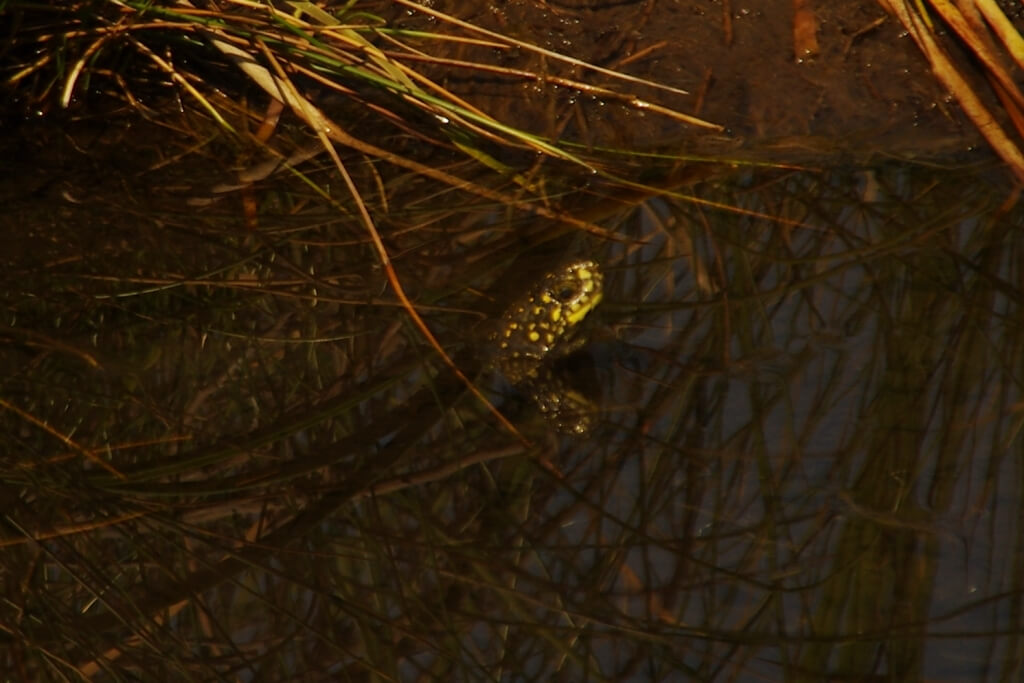
References
- Institute of Marine Protection “Archipelago” (2019) Inland Water Ecosystems. Accessed on 10.08.2019 from http://archipelago.gr/ti-kanoume/chersea-prostasia/ikosistimata-esoterikon-idaton/
- Efthymiatou-Katsouni N (2012) Human influences on the evolution of Kefallinian vegetation flora from prehistoric times to present: A study with applications in environmental education. Doctoral Thesis, Department of Education & Preschool Education, p 417
- Xanthakis M, Lysitsa G and Minetos P (2015) The importance of Livadi wetland for the conservation of aquatic and coastal avifauna species of Kefalonia. Proceedings of the 17th Panhellenic Forestry Conference, Argostoli, Kefalonia, October 4-7
- Foitos D, Kamari G, Katsouni N & Mitsainas G (2015) Mountain Aenos of Kefalonia: History, Physiogeography, Biodiversity. Management Body of Aenos National Park and KATAGRAMMA Graphic Arts Editions, Kefalonia
The above article was published in the magazine "The Kefalonian Progress" Period B, issue 32, October- December 2019
Photos come from the file photo archive of the Natural Environment and Climate Change Agency of Aenos National Park and the Wildlife Photographer Christos Maroulis that we warmly thank.